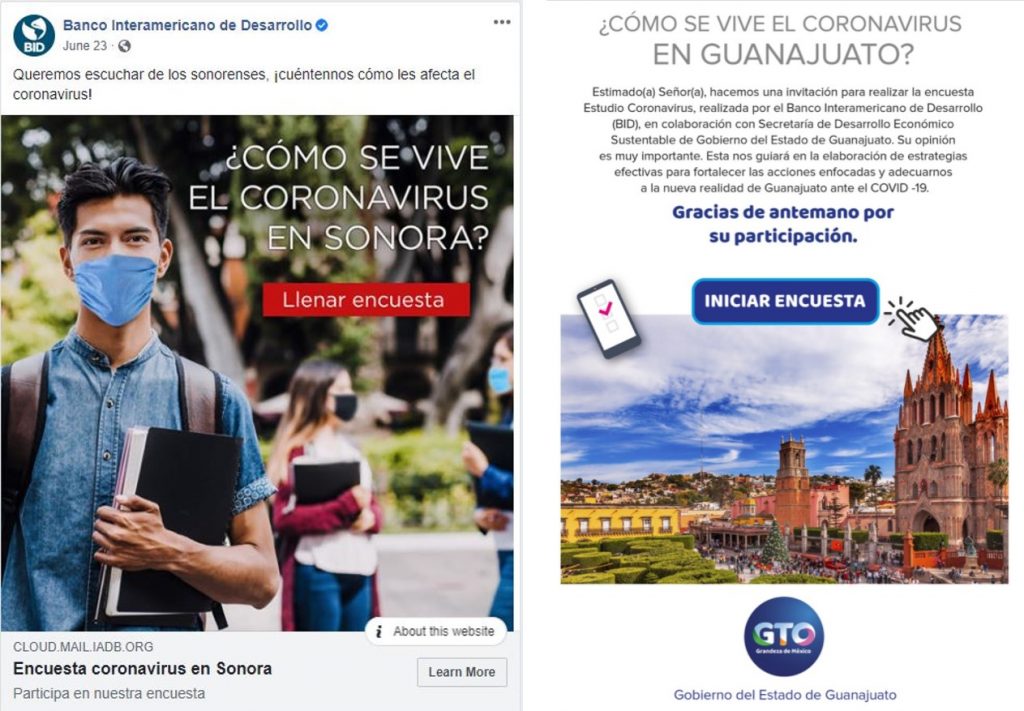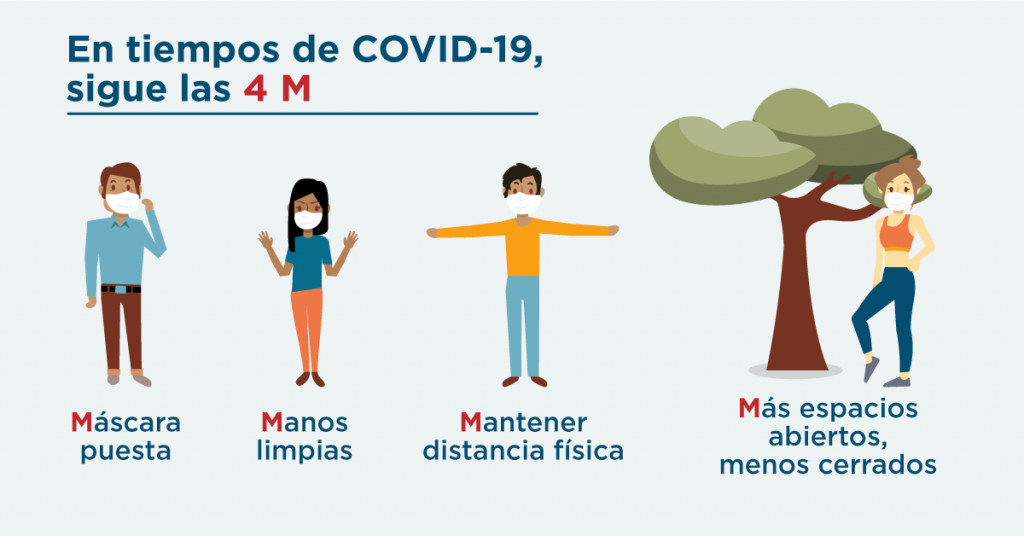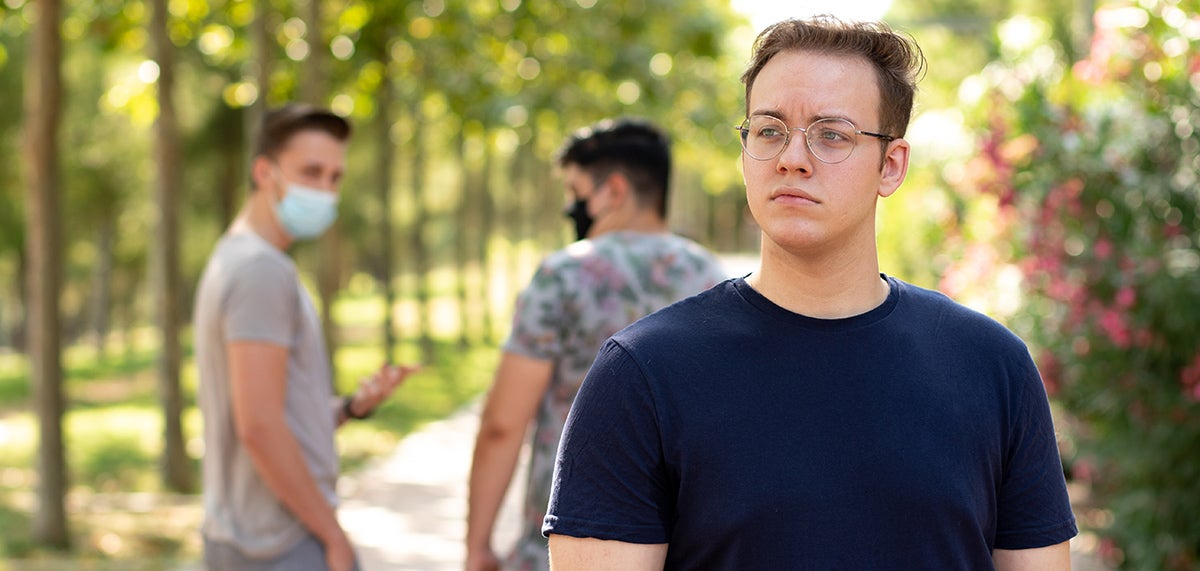
Since the COVID-19 pandemic began more than a year ago, much has been learned about how infection can be prevented. In particular, the scientific consensus holds that certain human behaviors, like social distancing, the avoidance of indoor gatherings, and the use of face masks, are powerful and effective at helping prevent the virus’s spread. Nonetheless, many people continue to meet with friends indoors, participate in social events, and walk about without masks. All this has helped propagate the virus, with peaks of confirmed cases often occurring a few weeks after work vacations and religious or national holidays.
Human decisions, as we know, do not always follow the pattern that we would expect from a rational model. In many cases, behavioral biases take rein and determine decisions. If the pandemic is to be contained and future ones better managed, it is crucial to understand why people engage in conduct that is inconsistent with scientific evidence and public health guidelines.
The problem does not seem to be a lack of information or ignorance. As far back as May 2020, about 80% of survey respondents in the United States agreed that gatherings of ten or more people should be prohibited. In Mexico, 82% of those surveyed in April 2020 approved of the public health guidelines, including restrictions on mass gatherings. According to different data we gathered in Mexico using a Facebook recruitment campaign, 73% of people were aware that gathering in enclosed spaces, such as restaurants, represented a high risk for contracting COVID-19. Still, about 43% of the interviewees from that campaign in Mexico admitted to having visited friends and family in their homes during the previous week.

Behavioral Biases
Why do people act in defiance of their own knowledge? And why do they gather indoors with all the high risk it entails? The reasons are many. To start with, we all tend to suffer from optimism bias. This is a cognitive bias that causes us to underestimate the probability of something bad happening to us and overestimate the probability of an event or action having a favorable outcome. We also suffer from present bias, giving stronger weight to payoffs that are closer to the present. That is, we care a lot about the immediate future—going to a party—and overly discount the more distant future—the consequences of becoming infected if we do go to the party. These biases can be powerful, and at the IDB, we have been working with governments to design campaigns that take into account their role in decision-making to reduce COVID-19 infections.

The Impact of Social Norms
In a recent article, Déborah Martínez, Cristina Parilli, Alberto Simpser, and I also investigate the impact of social norms on people’s decisions regarding social gatherings. We do so by conducting a survey experiment on more than 23,000 individuals in Mexico. The experiment consists of a vignette, described in the form of a story, depicting a fictional individual, Mariana, who has been invited to attend a friend’s birthday party and must decide whether she will go. It portrays a situation that most Mexicans can relate to (birthday celebrations) and what the literature highlights to be the relevant social network during the pandemic (family and friends). The vignette is also relevant because such gatherings have often become super-spreader events.
The treatments randomly assign respondents to different prompts regarding social norms. They provide information on Mariana’s beliefs about: (i) whether other invitees will attend the gathering (empirical expectations) and (ii) whether other invitees approve of people attending (normative expectations). After being exposed to the social norms prompt, respondents are asked whether they believe Mariana will go to the party and whether she should.
We find that the prompt about whether others are likely to go has a strong effect on the respondent’s prediction as to whether Mariana will also go. Our study shows that predicted compliance with social norms is greatest when the fictional character in the vignette, Mariana, i) expects few of her friends to attend and ii) believes few of her friends would approve of her doing so. Whenever either of these conditions fails to hold (or both do), predicted attendance rises significantly. Specifically, respondents assigned to the treatment groups on average expected that Mariana would be about 7 percentage points more likely to go to the party than those assigned to the baseline condition, the scenario where Mariana expected few friends to attend and few friends to approve of doing so. This is a large effect, equivalent to 28% of the predicted probability that Mariana would go to the party in the baseline category.
These results are in line with those in settings other than the current COVID-19 pandemic that show that individuals tend to conform to what they perceive is the prevailing behavior. Interestingly, we find no effect of any of the treatments on respondent predictions about what Mariana ought to do: The overwhelming majority believe she shouldn’t go to the party.
Designing Communication Strategies in the Fight Against COVID-19
Our findings are particularly important for the design of communication strategies in both the public and private sectors. Highlighting that others are not following health guidelines is likely to reduce people’s willingness to follow those recommendations. That could also be an unintended byproduct of news coverage about people who flout the norms. Politicization of public health guidelines, and active and public repudiations of norms, can also lead to an erosion in the number of people who hew to the prescribed behavior. At the same time, targeting normative expectations—what people ought to be doing—is unlikely to induce the desired behaviors unless people also expect others to comply. The solution instead seems to lie in highlighting others’ compliance and what they should do (the normative expectations) at the same time. That approach is likely to play an essential role in any successful information campaign encouraging people to adopt preventive behaviors.
Publisher: Source link











